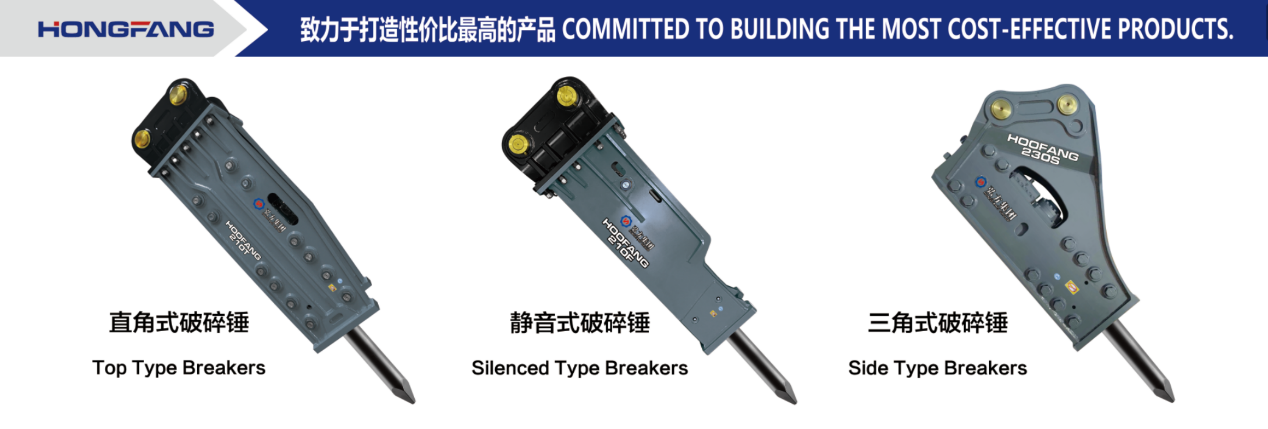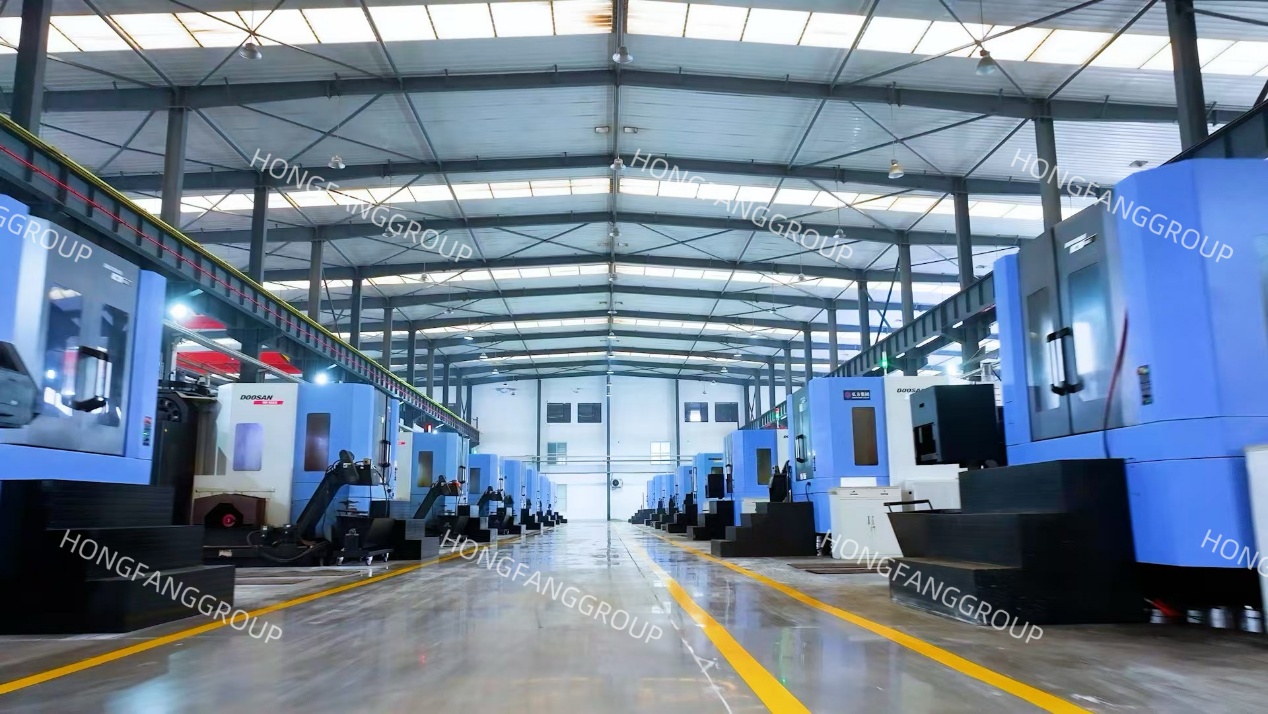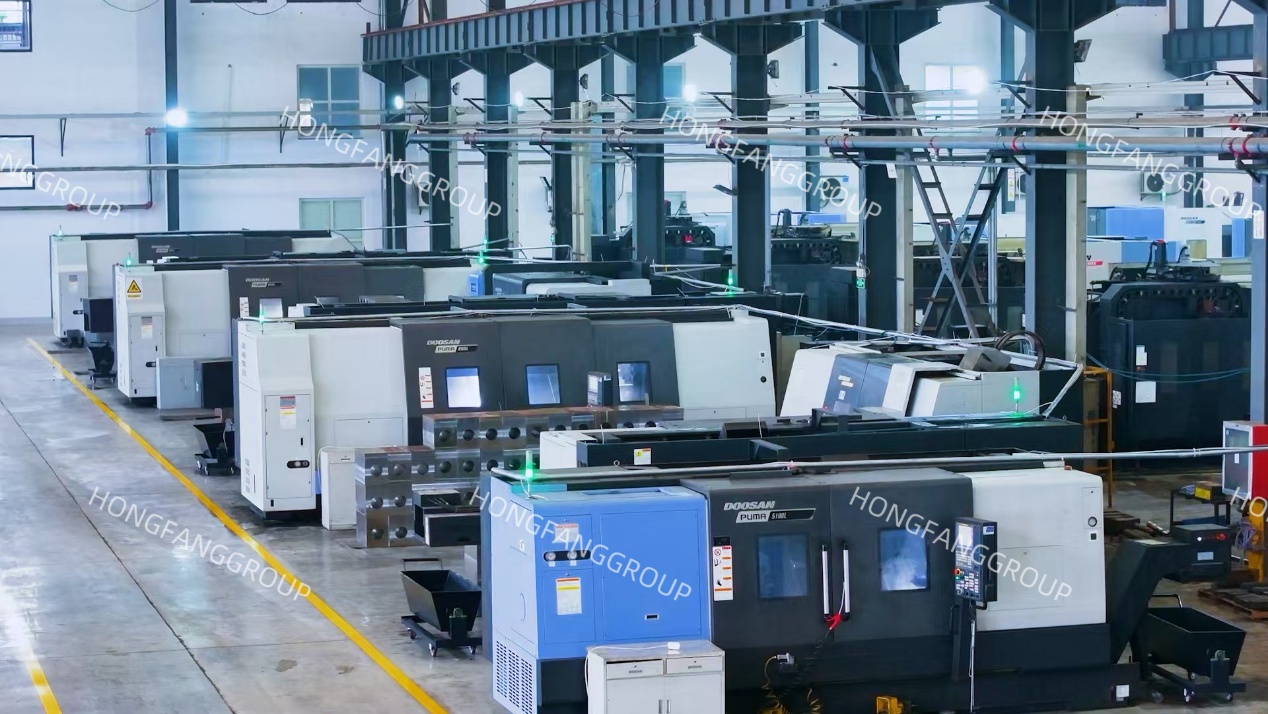Intelligent breaking hammer technology innovation leads the upgrading of the global construction machinery industry ——2025 Industry White Paper Reveals Three Core Development Trends
Jun 11,2025
In 2025, the global market for crushers will enter a period of technological explosion. With breakthroughs in the three core technologies of intelligence, environmental protection, and efficiency, the industry is transitioning from traditional mechanical manufacturing to a full lifecycle service ecosystem. According to the "2025 Global Hammer Market Development Report", the global market size is expected to exceed 8.5 billion US dollars this year, with the Chinese market share increasing to 38% and the contribution rate of technological innovation exceeding 60%.

Technological Innovations Reshaping the Industry
1. AI-Powered Adaptive Systems
◦ Real-time IoT sensors optimize impact frequency (up to 1,800 BPM) and force distribution, reducing energy consumption by 27% while improving particle uniformity to 95%+.
◦ Predictive maintenance algorithms cut unplanned downtime by 35%, leveraging vibration analytics to forecast component wear.
2. Next-Gen Wear Materials
◦ Ceramic-Metal Composites: Extend service life to 3,000+ hours (vs. 800 hours for conventional manganese steel), cutting replacement costs by 65%.
◦ Nanostructured Alloys: Increase hardness to HRC 65 (vs. HRC 50–55 for traditional alloys), enabling crushing of ultra-hard materials like basalt and quartz.
3. Modular Design & Lightweight Engineering
◦ Swappable crushing chambers enable 30-minute maintenance cycles, reducing operational interruptions.
◦ Aluminum alloy frames reduce weight by 22%, enhancing transport efficiency and mobility in confined spaces.

Market Dynamics: Regional Growth & Emerging Applications
1. Regional Insights
◦ Asia-Pacific: Dominates demand with 45% market share, driven by China’s $1.2 trillion infrastructure push and India’s urban renewal projects.
◦ North America: Focuses on retrofitting older equipment with smart breakers, targeting 20%+ efficiency gains in oil sands extraction.
2. Application Expansion
◦ Construction & Demolition: Recyclers adopt high-frequency breakers to process 200+ tons/hour of concrete waste, achieving 90%+ material recovery.
◦ Mining: Hybrid breaker-crusher systems reduce secondary processing steps, lowering operational costs by $1.2M/year for large-scale quarries.
3. Business Models
◦ Equipment-as-a-Service (EaaS): Accounts for 29% of sales in mature markets, with flexible leasing options reducing upfront costs by 40%.
◦ Performance-Based Contracts: Guarantee 95% uptime for critical mining operations, aligning manufacturer incentives with client outcomes.

Policy & Sustainability Imperatives
1. Regulatory Shifts
◦ EU Stage V Standards: Mandate <85 dB(A) noise levels and <15 mg/m³ PM10 emissions, pushing adoption of enclosed crushing systems.
◦ China’s Dual Carbon Goals: Incentivize electric-hybrid breaker fleets, targeting 30% market penetration by 2027.
2. Circular Economy Solutions
◦ Dust-to-Resource Systems: Convert 30% of crushed debris into road-base aggregates, reducing landfill use by 50,000 tons/year per plant.
◦ Hydraulic Fluid Recycling: Closed-loop systems save 15,000 liters/year of oil per rig, cutting environmental footprint by 40%.

Future Outlook: 2030 Market Landscape
1. Technology Convergence
◦ 5G-enabled Breakers: Enable real-time remote control and multi-unit synchronization, improving coordination in open-pit mines.
◦ Hydrogen Fuel Cells: Pilot projects show 60% emissions reduction compared to diesel-powered systems, with commercial units slated for 2026.
2. Market Fragmentation
◦ Premium Segment: High-end breakers ($500K+) will grow at 12% CAGR, driven by deep-water offshore oil and rare earth mining.
◦ Budget Solutions: 50K–100K entry-level models will dominate Southeast Asia’s infrastructure boom, capturing 35% regional share.
3. Sustainability Metrics
◦ Carbon-Neutral Certifications: Mandatory for EU market entry by 2028, pushing manufacturers to adopt solar-powered charging stations.
◦ Lifecycle Emissions Tracking: Blockchain-enabled tags monitor CO2 output from production to decommissioning.

Contact Number:+86186604345
Mailbox:Leo@hongfanggroup.com
Website:https://www.hongfanggroup.com/
PREVIOUS:
Related News









